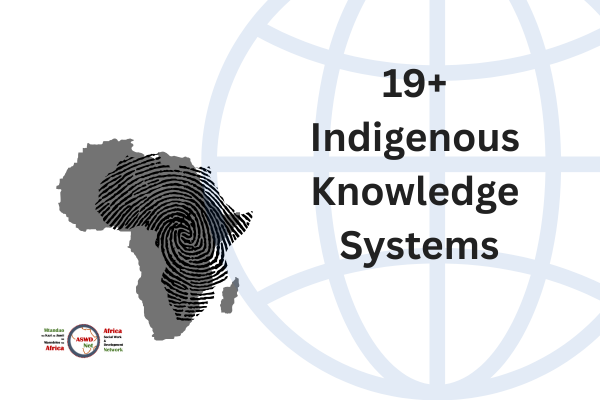“Dongo”
The Republic of Dongo is not really a country but a fictitious one in Dambisa Moyo’s book that presents the theory of dead aid. Dongo’ demographic, social, economic and social circumstances are as follows:
- Population: 30 million.
- Average life expectancy: forty years (down from sixty-five in the past twenty years, mainly because of the HIV–AIDS epidemic; in its cities, one in three adults have the disease).
- Annual per capita income: US$300, with 70 per cent of its population living on below US$1 a day.
- Average growth rate in the past twenty years was 1 per cent and 5 per cent in the last five years: has benefited from a recent copper price surge.
- Chief exports: copper, gold, cotton and sugar. Political system: adopted a nominal democracy ten years ago, having spent twenty years as a one-party state led by the same political party, and the same president.
- Colonial history: Freed from European colonial rule in the 1960s, the country’s background and evolution are pretty characteristic of the average African country.
- Political history: a socialist economy in the 1970s, it underwent privatization in the mid-1980s moved to a democratic regime
- Transparency: ranked 3 out of a possible 10 on the Transparency International Corruption Perceptions Index (where 0 is the least transparent).
- Economics: In the 1980s the country had accrued as much as US$3 billion of debt – twice as much as the country’s annual GDP, and more than three times its combined education and health budgets. Dongo benefited from debt relief in the early part of the 2000s, which left minimal debt.
- Aid history: the country remains the beneficiary of millions of dollars of aid each year. Aid share of GDP: 10 per cent. Aid as a percentage of government revenues: 75 per cent.
In social work and development studies, Dongo will be a useful case study. Use the link below to read about the Dead Aid Theory and Social Work.



